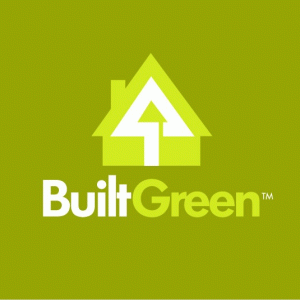This page offers information on all things related to “Green building (also known as green construction or sustainable building) refers to both a structure and the using of processes that are environmentally responsible and resource-efficient throughout a building’s life-cycle: from siting to design, construction, operation, maintenance, renovation, and demolition.” Wikipedia
Sustainable Building, Energy Conservation, and Renewable Energy, are huge aspects of building green and we cover them in more detail on other pages on this site.
Find pictures and links for a ‘Passive House‘, which Wikipedia defines as “a rigorous, voluntary standard for energy efficiency in a building, reducing its ecological footprint. It results in ultra-low energy buildings that require little energy for space heating or cooling.” An ‘Active House’ can be so energy efficient it generates more heat and power than it requires while employing design elements that facilitate health, comfort, and sustainability. Wikipedia defines Zero-energy Building and Low-energy Building as “… building with zero net energy consumption, meaning the total amount of energy used by the building on an annual basis is roughly equal to the amount of renewable energy created on the site”. It is great to see such sustainable development goals being achieved through renovations and being adopted into standards for new buildings by many. Rising energy costs, fuel shortages, and an increasing ‘green’ sensibility are resulting in more and more buildings being outfitted to be eco-friendly and cost-efficient.
If we find out about a great way to build or a great product to use for Green Building, we will share it. For instance, we are pretty knocked out with ‘Hempcrete’ or ‘hemplime’ a biocomposite material, made from “a mixture of hemp hurds (shives) and lime, sand, or pozzolans, which is used as a material for construction and insulation. It is marketed under names like Hempcrete, Canobiote, Canosmose, Isochanvre, and IsoHemp. Hempcrete is easier to work with than traditional lime mixes and acts as an insulator and moisture regulator. It lacks the brittleness of concrete and consequently does not need expansion joints. The result is a lightweight insulating material ideal for most climates as it combines insulation and thermal mass.” (Wikipedia)
We also explore Ecovillages which utilize sustainable and natural engineering and design concepts and techniques to benefit the whole community.
The following are miscellaneous links to everything that relates to sustainable building, resources, organizations, jobs, courses, and more.

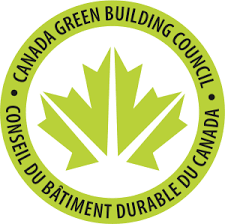
Canadian Green Building Council (CaGBC)
LEED® – Canada Green Building Council
Leadership in Energy & Environmental Design (LEED) is a rating system that is recognized as the international mark of excellence for green building in 150 countries.
GBD Magazine: Carbon Neutral Community
International Living Institute
Education, Training, Courses, and Workshops in Canada:
Wikipedia: What is a Passive House?
TreeHugger: Radiative Cooling: Simple Paint Can Passively Cool Buildings
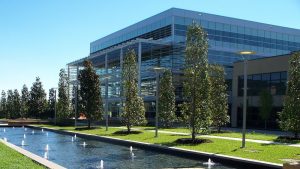
Wikipedia: Zero-energy Building
Wikipedia: Low-energy Building
Net-zero Energy Home Coalition (Canada)
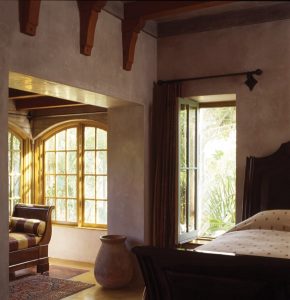
Wikipedia: Strawbale Construction “… uses bales of straw (commonly wheat, rice, rye, and oats straw) as structural elements, building insulation, or both.”
Planet Friendly: Strawbale building


Related Topics
Wikipedia: Sustainable Community
Wikipedia: Sustainable community energy system
Wikipedia: Ecological Footprint
Wikipedia: Sustainable Urban Planning
Ecovillages
Five of the World’s Coolest EcoVillages
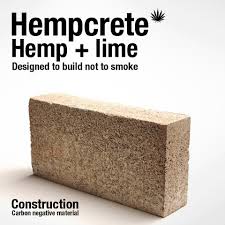
HempBuildMag: Pros of using hemp products for construction
World Crunch: Sustainable Construction – Hemp house material
Popular Mechanics: Carbon-Neutral Cement could eliminate the 2 gigatons of carbon dioxide annually pumped into the atmosphere through traditional cement production
The University of Colorado Video: New kind of Cement utilizing algae
International Resources

